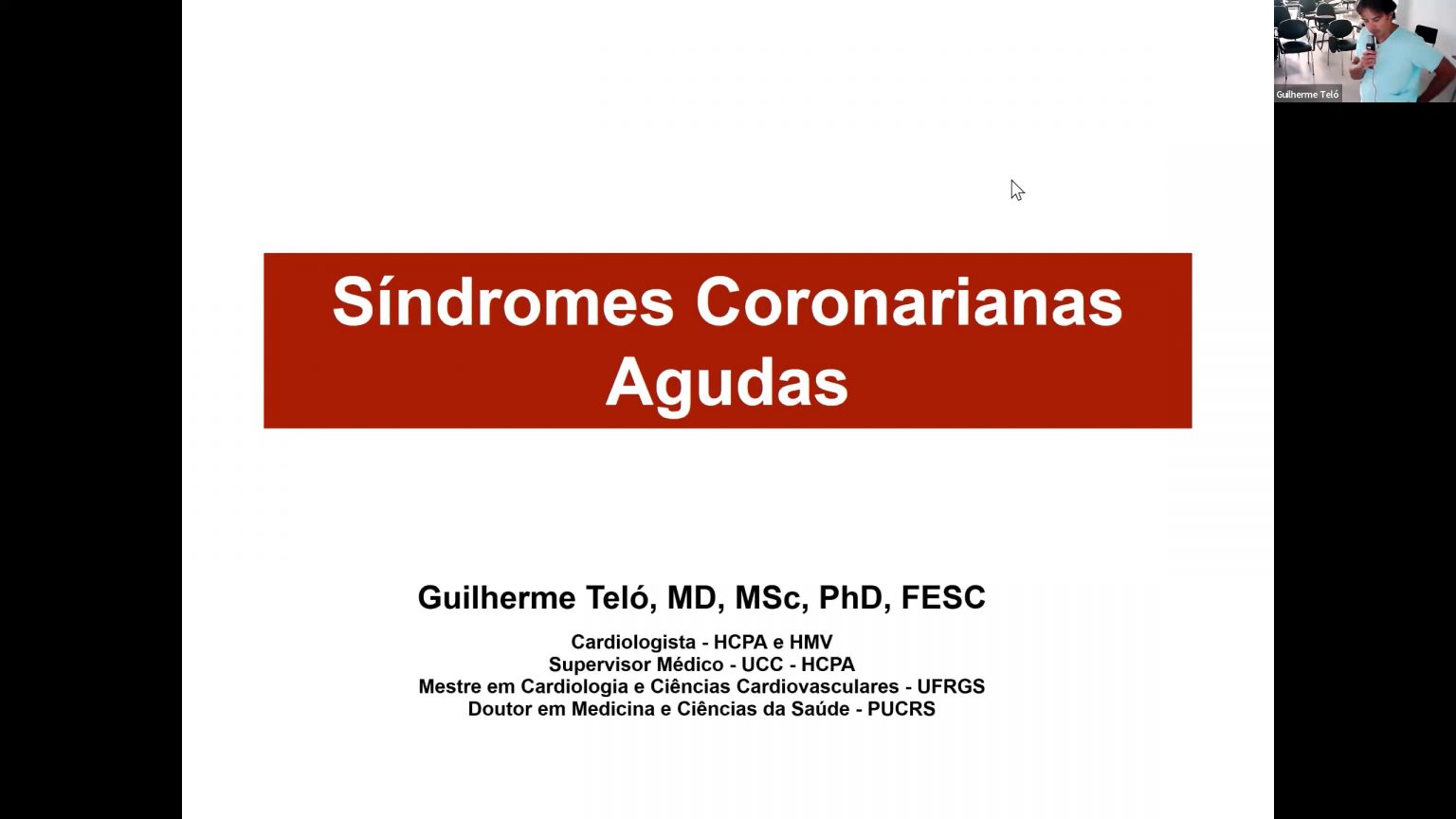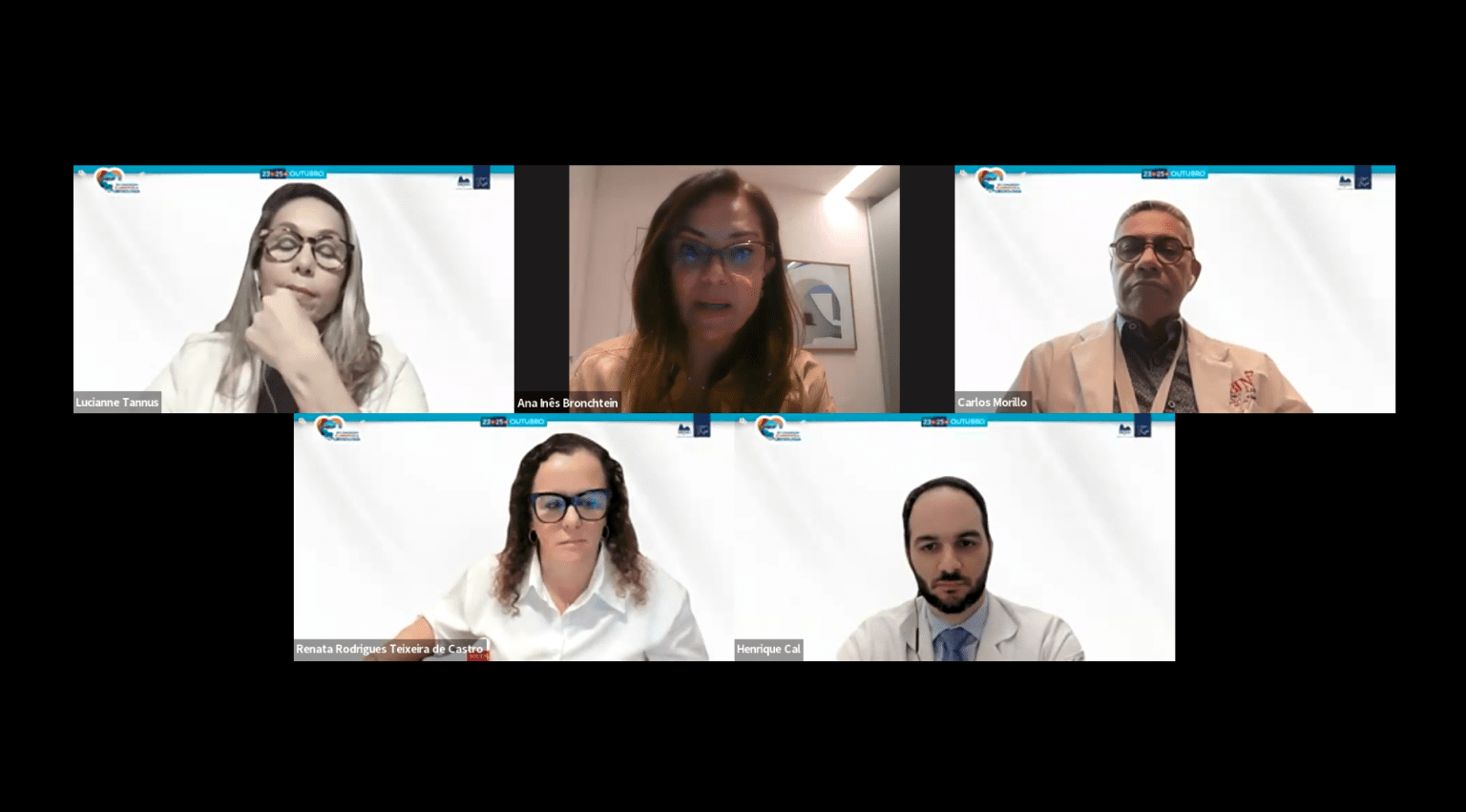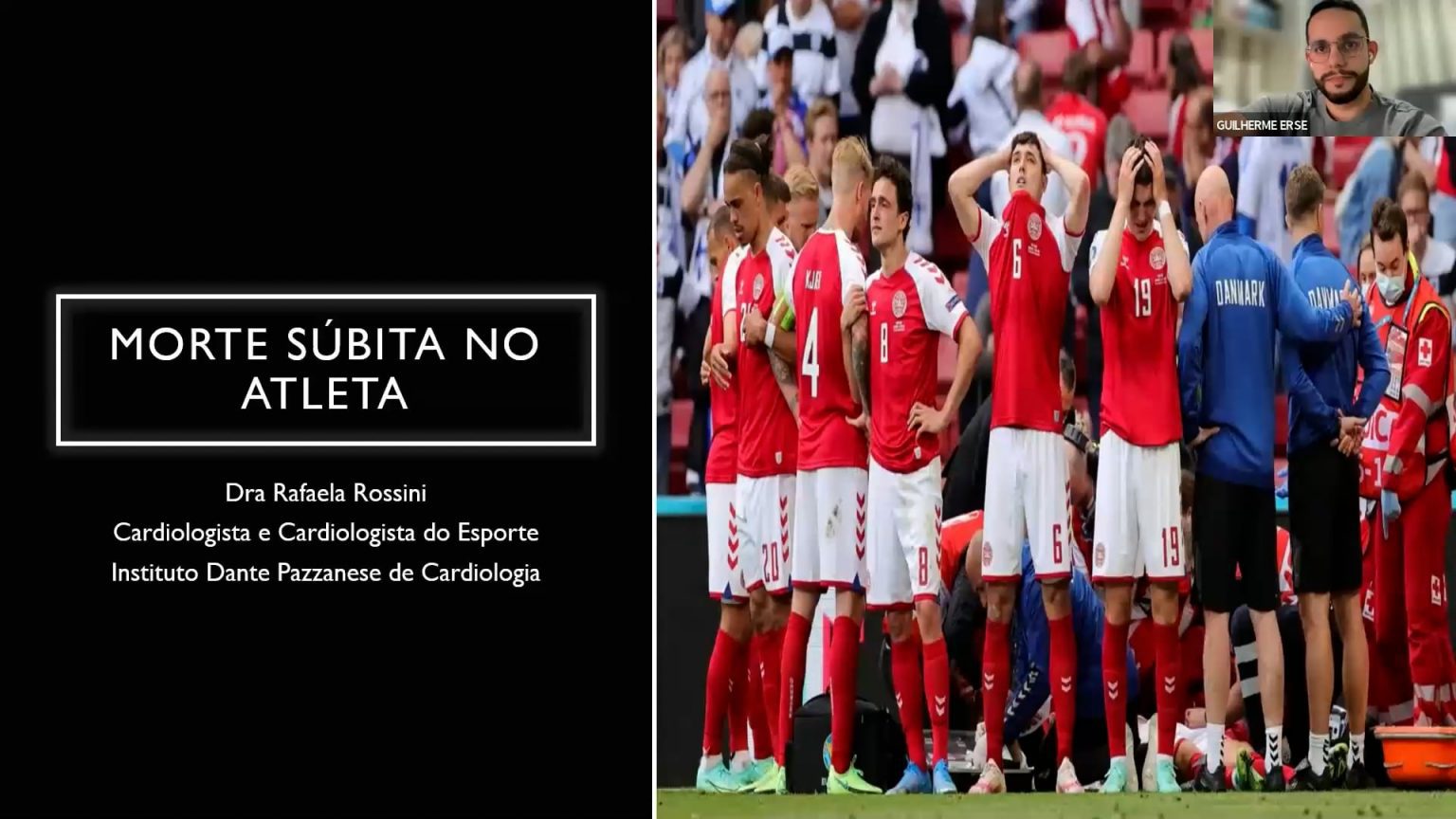Artigo
DIAGNOSTIC AND PROGNOSTIC VALUE OF LEFT ATRIALFUNCTION IN IDENTIFICATION OF CARDIOEMBOLISMAND PREDICTION OF OUTCOMES IN PATIENTS WITHCRYPTOGENIC STROKE
INTRODUCTION
Ischemic stroke is the leading cause of severe long-term disability and one of the largest contributors to mortality globally (1). It can be classified according to the Trial of ORG 10172 in Acute Stroke Treatment (TOAST) classification system, and the corresponding secondary prevention and treatment plan is given according to its etiology (2). However, about one third of acute ischemic strokes have no identified etiology after standardized evaluation and are commonly identified as ‘cryptogenic’ stroke (CS) (3).
CS comprise a large proportion of all ischemic strokes and are associated with a high rate of recurrence (4-6). These strokes are thought to be due to sources of uncertain risk, including occult paroxysmal atrial fibrillation, other cardioembolic sources, undiagnosed malignancy, arteriogenic emboli, and paradoxical emboli through interatrial shunting (8). The CS population has significant etiological heterogeneity and given the differential etiology and thus mechanism of stroke evelopment, broad initiation of anticoagulation in this group for secondary stroke prevention has not been found to be beneficial and has evidence of harm (8,9). The challenge remains in identification of the subset of CS patients with a cardioembolic source of stroke, who would most benefit from anticoagulation rather than anti-platelet therapies.
With advances in technology, novel markers of LA function are now able to be measured using echocardiography and as such represent a potential source of differentiation between cardioembolic and non-cardioembolic etiologies of CS. Assessment of early LA dysfunction via measurement of LA strain is now appreciable using speckle-tracking echocardiography (STE), a novel technique for characterization and quantification of myocardial deformation. Small mechanistic studies have demonstrated alterations in LA strain in patients with CS without traditional cardiovascular risk factors when compared to age-matched healthy controls, suggestive of tissue substrate as a causative factor of stroke development and biomarker of cardioembolic stroke risk (10,11).
We hypothesise that impaired LA function as assessed by reduced LA strain is associated with cardioembolic stroke subtypes and provides independent predictive value above traditional echocardiographic and clinical factors for prediction of recurrent ischemic strokes and transient ischemic attacks (TIA) in CS patients.
Compartilhar em:
Comentários
Cursos Relacionados
0
Conteúdos Relacionados
Comentários
Deixe um comentário Cancelar resposta
Você precisa fazer o login para publicar um comentário.












